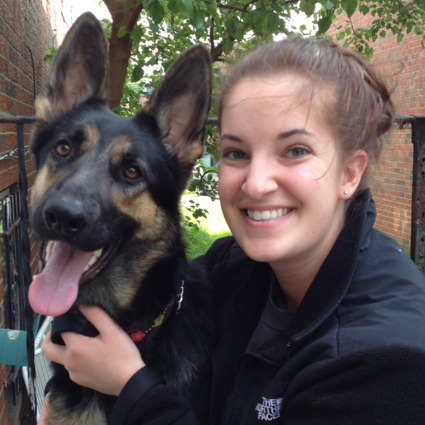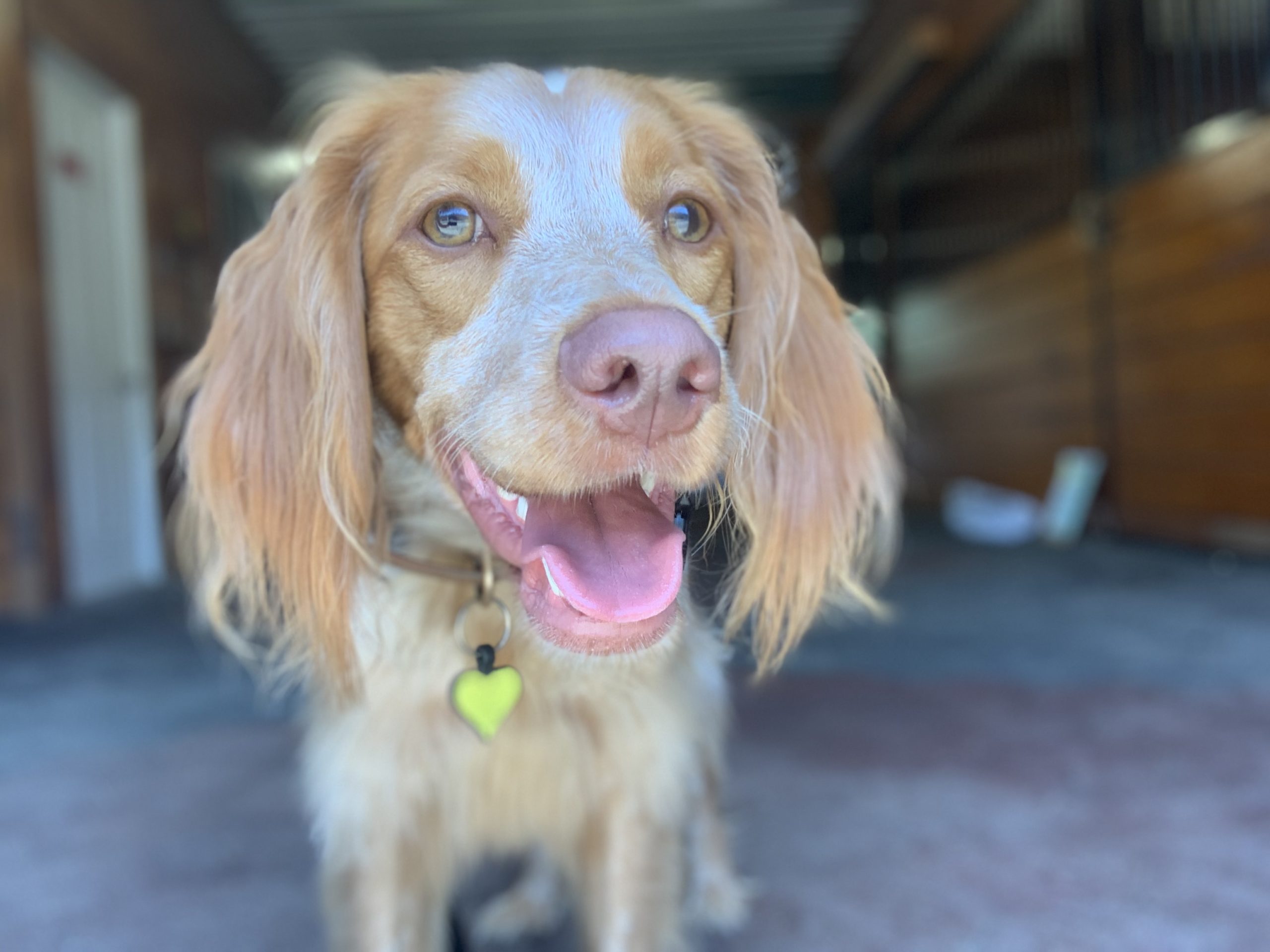Training should and can be a lifelong goal for your furry bestie–and is a great New Year’s Resolution! Whether you attend group dog classes to train a puppy, keep a middle-aged pup’s brain sharp, or figure out how to adjust an older dog’s bad habits, that time with your dog not only helps develop better behaviors, but builds on that relationship with your pet, strengthening your bond. However, group dog classes can be intimidating, especially if there are recent new behaviors that have caused embarrassment, your dog doesn’t like to listen to you, or your dog would rather play with other dogs than learn how to stay. We have some tips for you keep in mind while in class, and at home!
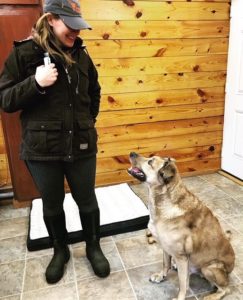
1. Stay positive
The first class is hard, but each class gets gradually easier. After about 3-4 classes, your dog will learn what we call “training mode”, and start to recognize the rules of being in class and around other dogs. As you build up a relationship with your dog, which includes developing respect, your dog will start to listen more and more. Granted, some dogs are more stubborn than others, and may need more work, but time does help.
During class, it may seem as though the trainers are working magic with your dog, getting behavior that you might think is impossible to do on your own. Keep in mind the trainer is a new, fun person to your dog, has delicious treats, and has learned how to use body language to interact with dogs. You’ll start to pick on these same tricks as you continue classes and practice at home, and soon you will be working the magic!
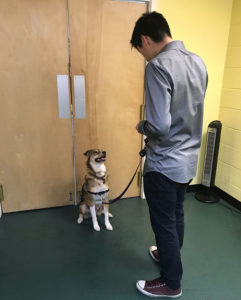
2. Posture matters
Humans are verbally oriented, so it may come as a surprise that dogs are more visually oriented! Dogs know the difference between a fist held palm up or palm down — and can be taught a different behavior based on each signal. Dogs even can tell when you’re not feeling confident, just based on your visual cues and posture. Standing up straight and using decisive movements will help build confidence in you and your dog. If you’re not sure if you’re doing it right, ask your instructor. The trainer is there to guide not only your dog, but also you on being the best handler!
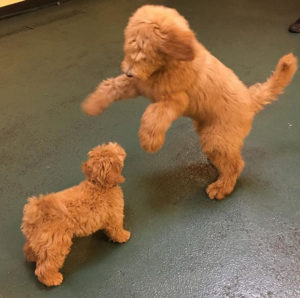
3. Set aside time to practice
Yes, homework. Pick two or three behaviors taught in class to work on. Even if your pup is perfect at home, class time is a different experience — for you both. The classroom has a lot of distractions, and home is typically a quieter setting. If your dog is doing well at home, consider practicing while on a walk. Training is much harder when there are a lot of scents, people and other dogs around. Stop at a park and try out your skills! Take it slow, and build up to more distractions.
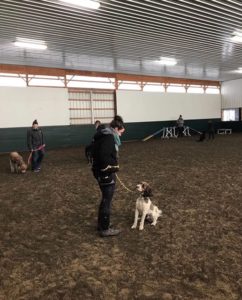
4. Set up for success
There are some small things you can do that will make a big difference in a successful class session. Bring several different types of treats, the smellier the better! We usually recommend meat or cheese. Encourage your pup to stand facing away from the other members of the class to reduce distractions. Interact with your body or a toy to keep them engaged between working sessions. You want to be the most interesting person in the room to your dog, and being fun and friendly goes a long way.
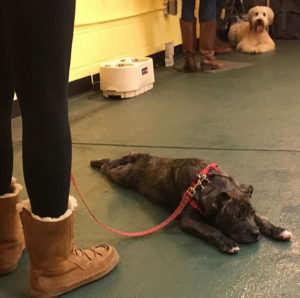
5. Schedule another class
We have a lot of different instructors, teaching styles, and behaviors to work on. Since each class is drop-in, each instructor will tailor the class to the people and dogs in the room. Try out different instructors, and don’t be afraid to speak up if there’s a specific behavior you and your dog need help on. If you need extra help, there are always behavior walks and private training sessions, both of which will help with being a star in group classes!

